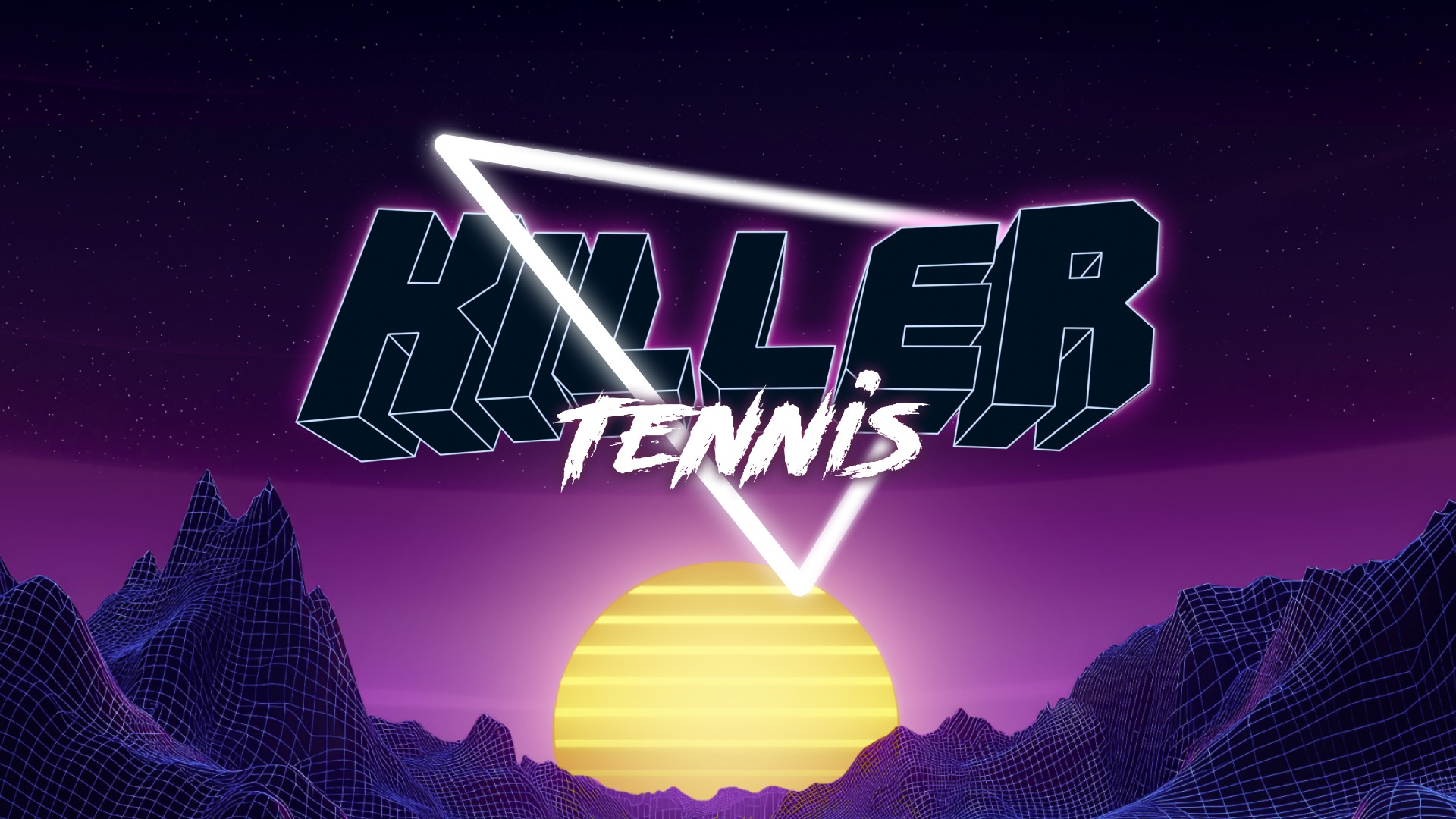
AR/VR Development
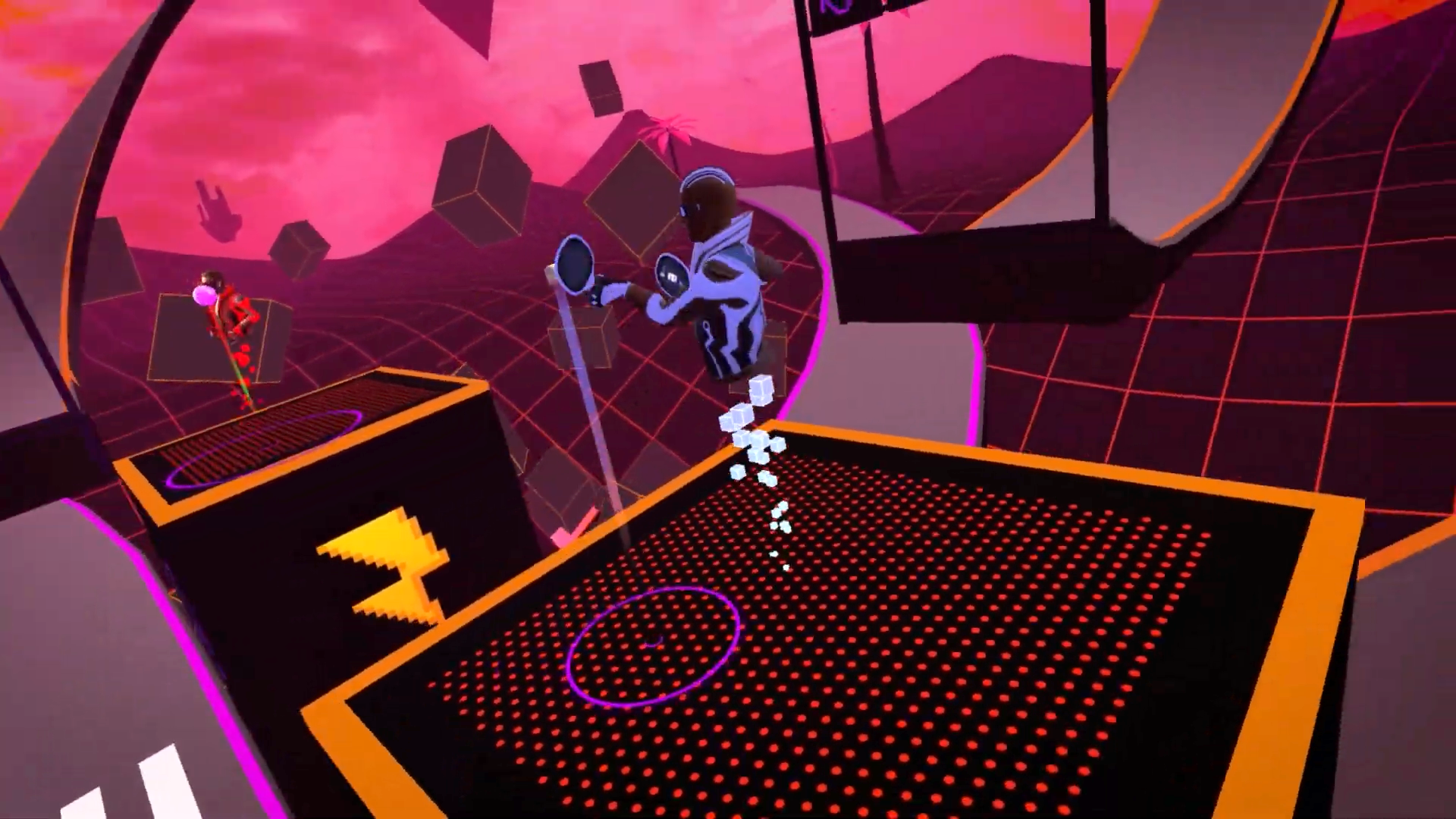
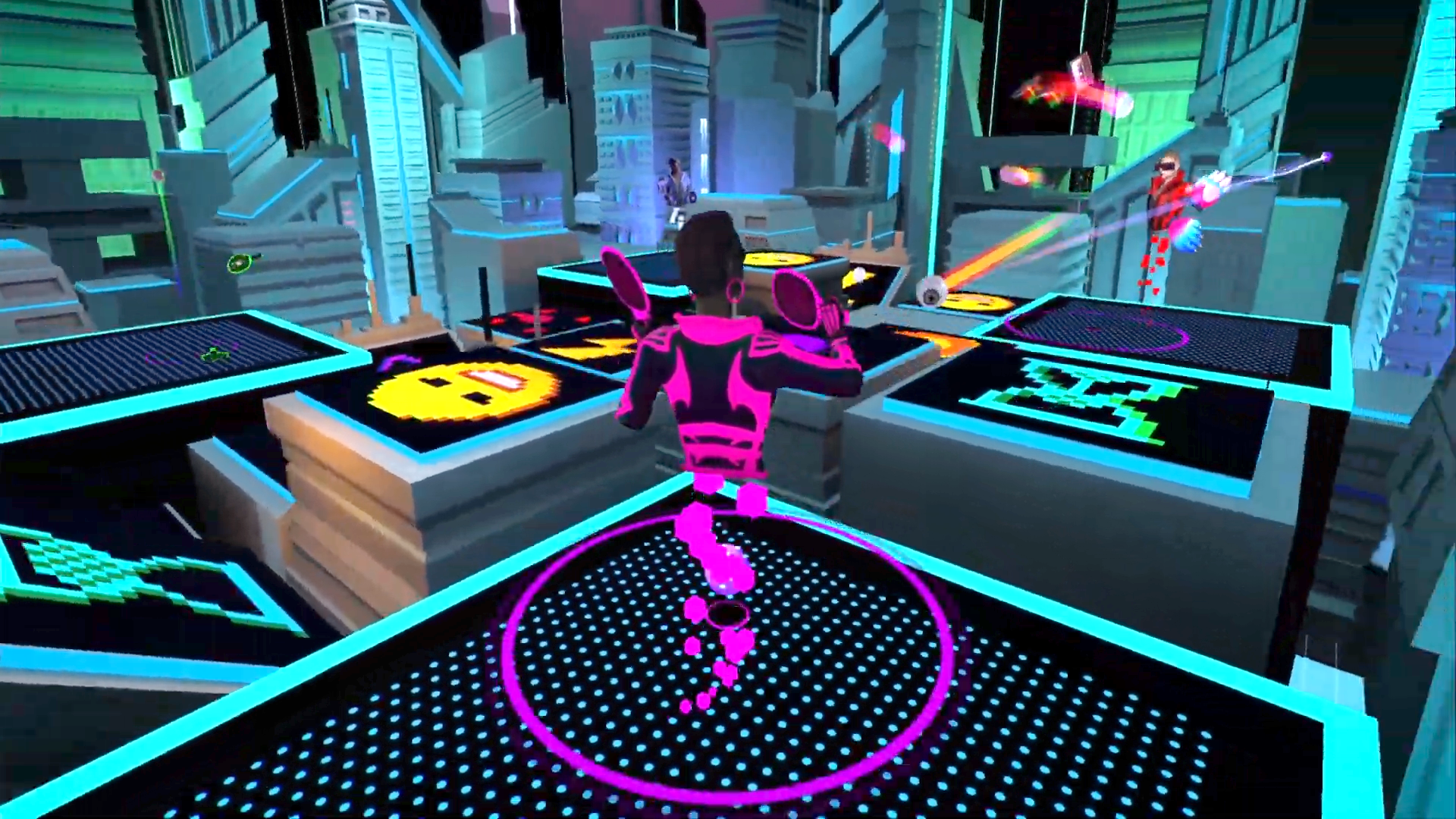
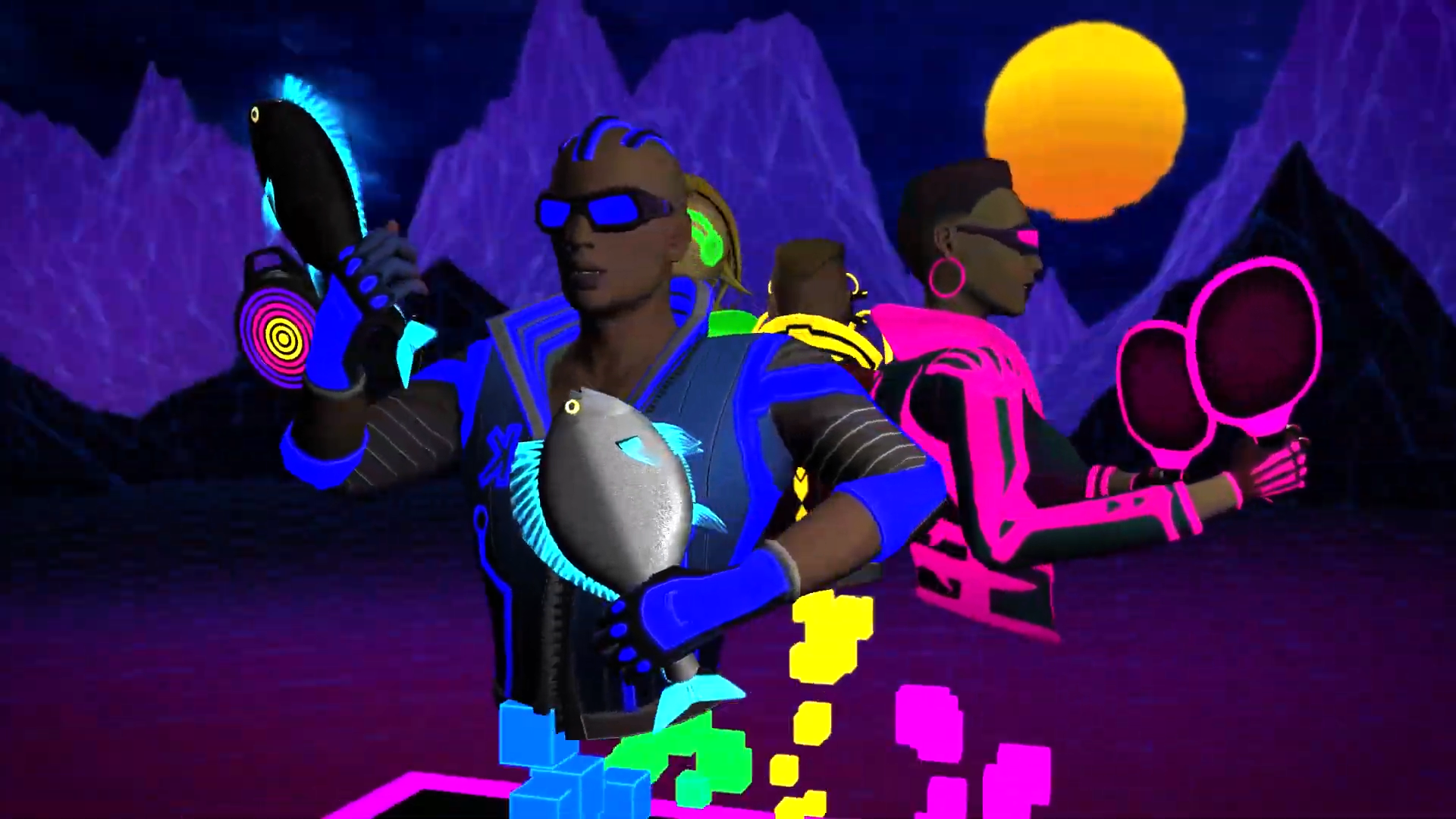
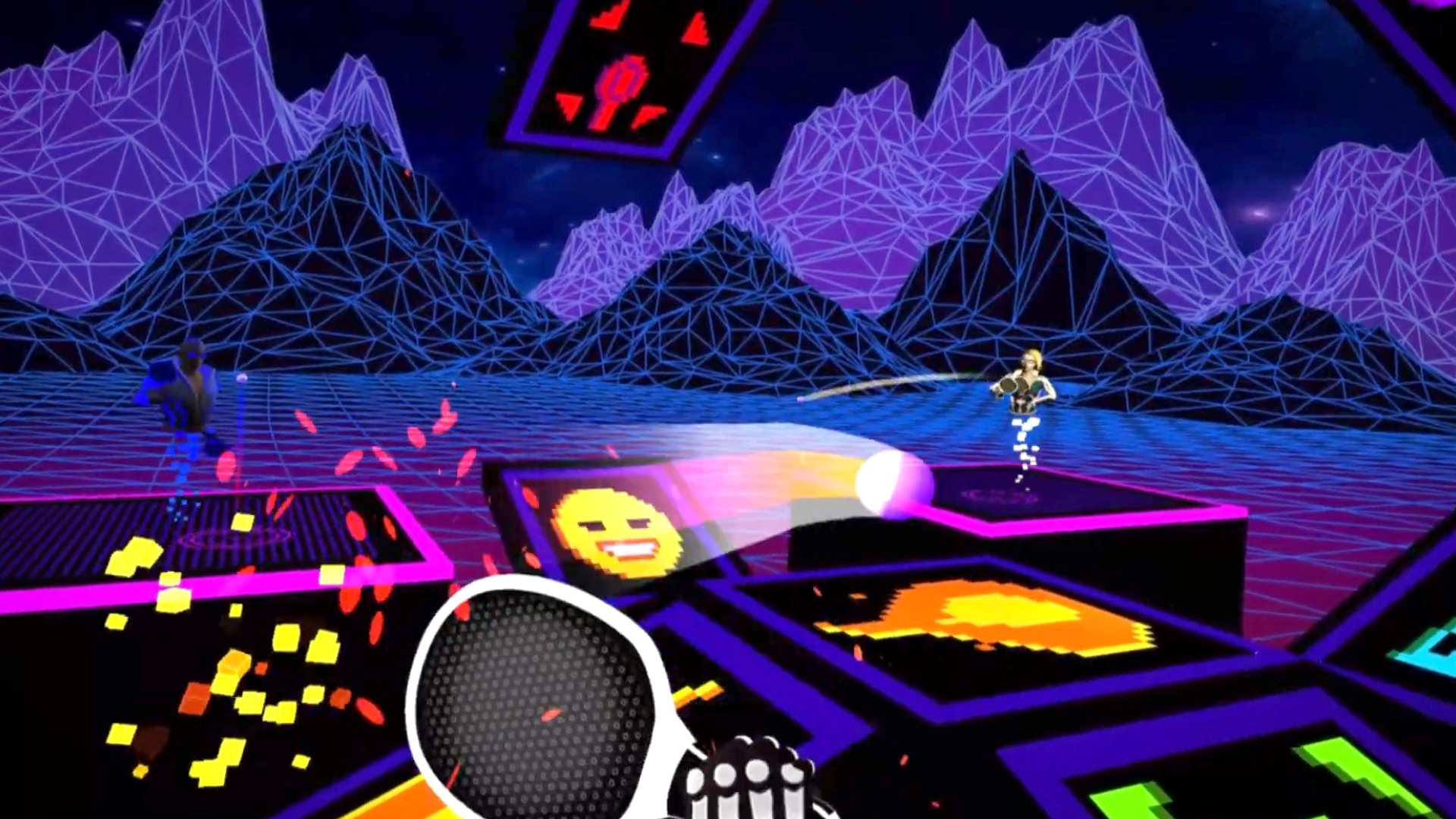
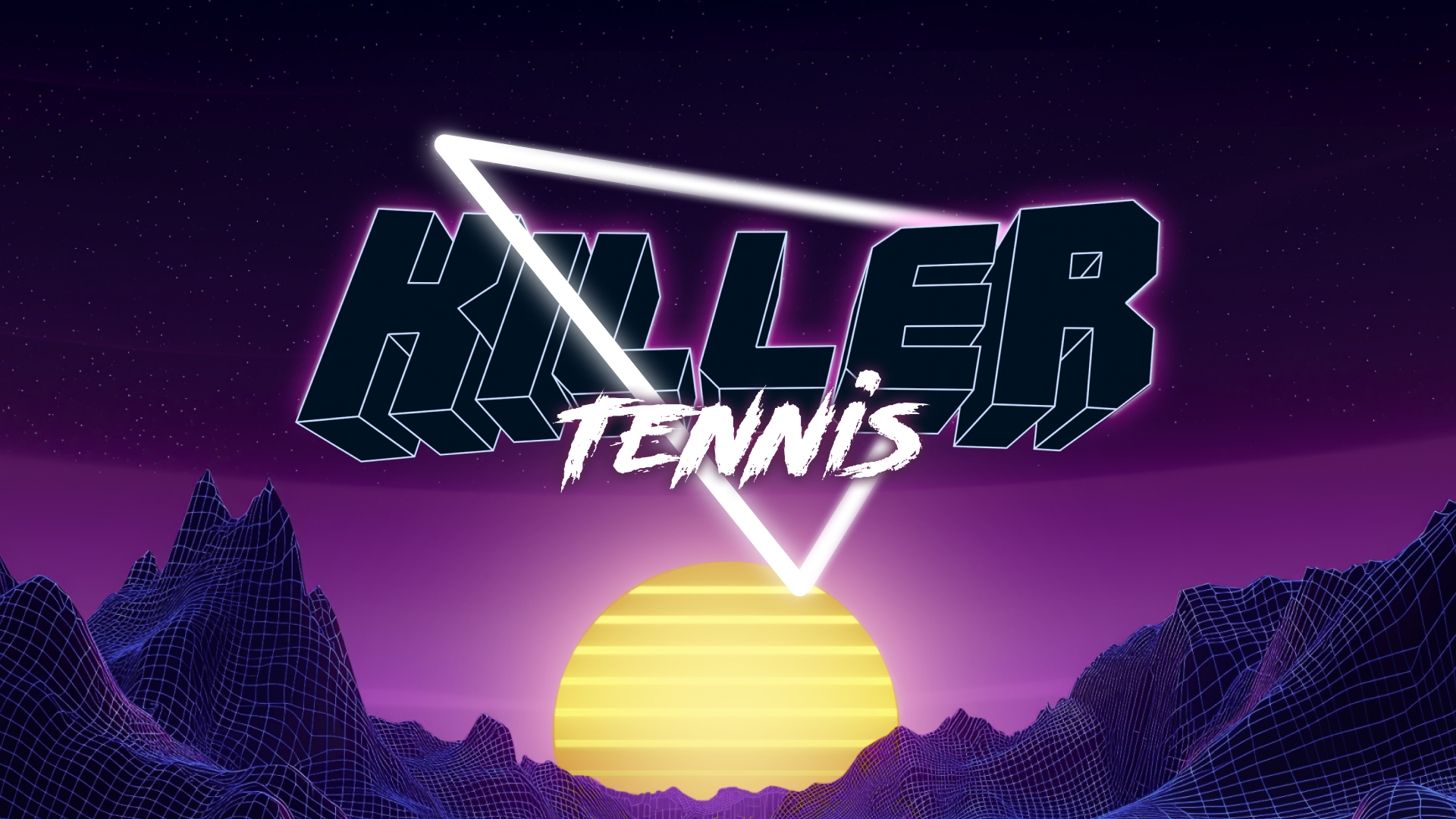
Killer Tennis, a family-friendly LBE VR Game
JetStyle has been developing VR experiences for 9+ years. We notice that shooter is the most popular content genre. Even if a game is rated T (suitable for teens), it will still have violence, obscene language, and gore. Are we happy that VR gaming content created today is predominantly violent?
VR should convey universal human values: family leisure, healthy competition, active lifestyle. There’s a clear demand for VR experiences that would equally engage family members of all ages and physical abilities.
Killer Tennis is an original VR game, a mix of tennis and dodgeball. When we worked on Killer Tennis, we started by outlining the core criteria for our inclusive VR game. One non-negotiable parameter was total non-violence. The game also needed to be multiuser.
VR should be active. We already suffer from our sedentary lifestyles; VR can make you stand up and move your body a bit – so we had to use it to our players’ advantage.
What was the main challenge in this project?
Thanks to our experience we’ve outlined a few core requirements for an LBE experience to be cost effective and popular among the audience.
1/ It should be family friendly - no violence, guns, blood, etc.
2/ The game needs to provide a multiplayer experience.
3/ Zero learning curve is a must: if your game is distributed across LBE networks, the fee is per minute. Your audience will not spend their time and money on a complicated learning process.
4/ Everything is possible in VR, so there’s no limit to the developers’ creativity process. Your VR experience has to be engaging and provide lots of fun.
With all these requirements in mind, we created Killer Tennis.
What was your solution or approach?
Killer Tennis is an active sports game; a beautiful VR child of tennis and dodgeball.
2-4 players clash in a battle royale, aiming to knock each other out with tennis rackets and balls.
The action happens against a stylish synthwave background. 80-ies fans will be thrilled by the retro-futuristic aesthetics and neon lights.
Technical
We wanted Killer Tennis to be fun and chaotic because in that case, it would be easier to provide high-level engagement and customer retention. That’s why we made some quirky alterations to the traditional tennis game mechanics. More about it:
Auto aiming feature
At first, we were experimenting with a physical imitation of aiming. It turned out to be pretty challenging: it actually takes a lot of practice to aim well, and it might become a demotivating experience. After all, the game is not for professional tennis players. So we developed the automatic aiming feature that keeps the players more engaged, providing them with satisfaction from reaching the target.
Mastering the skill
During one round, players have a chance to improve their tactics skills and unlock new mechanics. This ensures higher retention.
Returning the ball
You’ll not have time to get bored as you and your partners pass the ball to each other: the ball’s speed increases with each passing. No chance of losing your concentration!
Bonuses
Watch those icons floating around you – they could upgrade your racket. Or the ball. Or the whole gameplay and physics! Have you ever played tennis with a fish or a frying pan?
The ball could turn into an eyeball or a bunch of grenades because it’s VR! Anything is possible in VR.
Modeling
All the assets are custom-made via Blender and Substance Painter. We aimed for excellent optimization and aesthetics.
3 levels of complexity available for players:
Level 1: Dozens of easy-to-get bonuses.
Level 2: Bonuses are moving.
Level 3: Bonuses are much harder to reach.
What was the outcome or impact for the client?
Killer Tennis matches all the requirements of the Location-Based VR market.
It’s easy to launch and manage by the arcade operators;
It is optimized to avoid any latency during the game;
Although the gaming sessions are short, the gameplay ensures high engagement and retention.
The game is available on Synthesis and Springboard, two major platforms for LBE entertainment. The game’s audience spans across: Canada with 6.54% users, USA (57.19%), United Kingdom (2.12%), Netherlands (23.86%), Switzerland (6.86%), Germany (7.52%), Oman (0.82%).
Other case studies from JetStyle
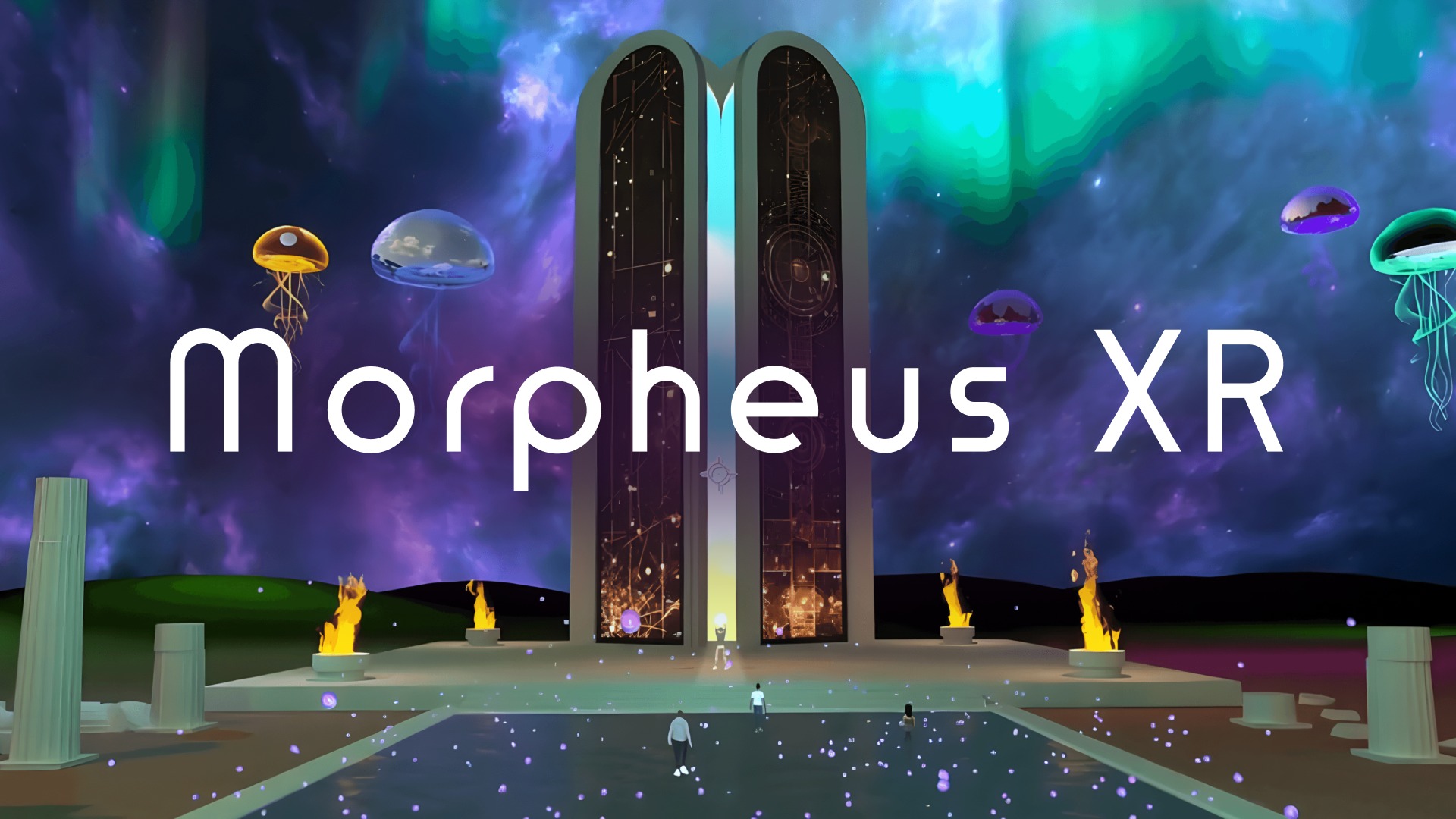
AR/VR Development
Morpheus XR: Development of XR Platform for Collaboration
Other ar/vr development case studies
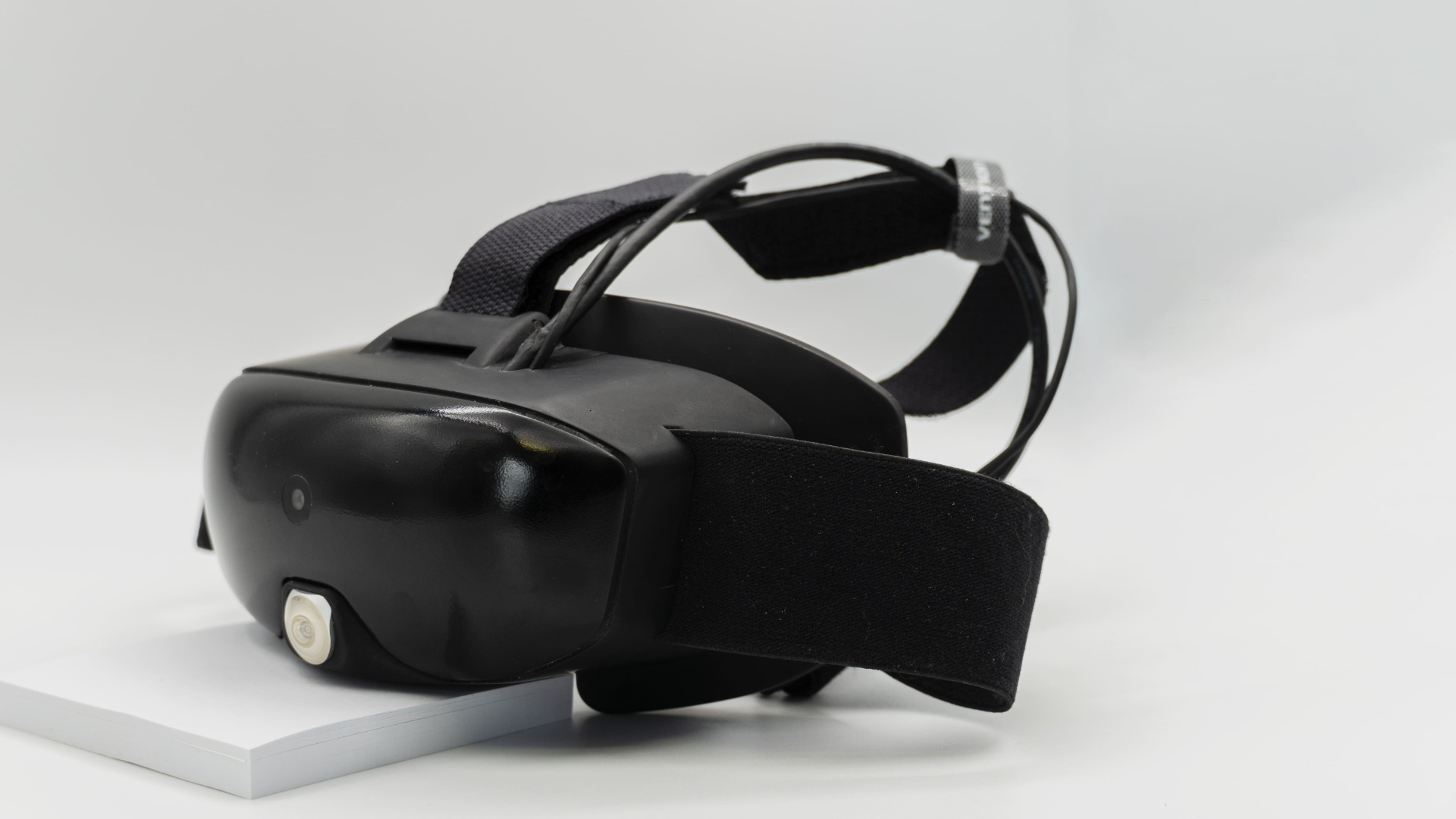
AR/VR Development
EEnCata Product Development
8K VR Headset for Sports
Computer simulations3D printingSTM32L1+3
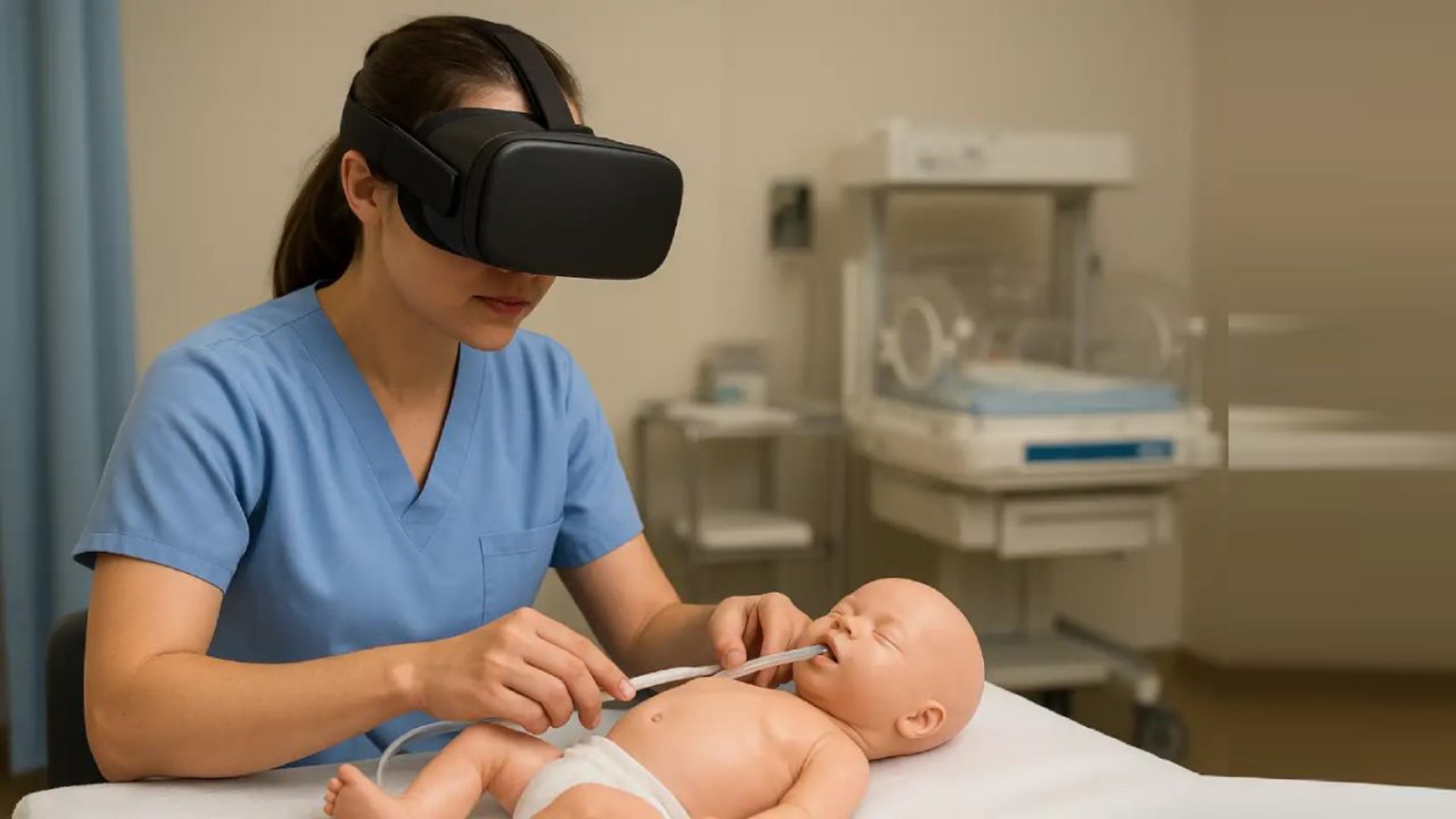
AR/VR Development

AR/VR Development
AAbasin Linguistic Services
Abasin Linguistic Services’ Contribution to Pashto Localization for Meta Background
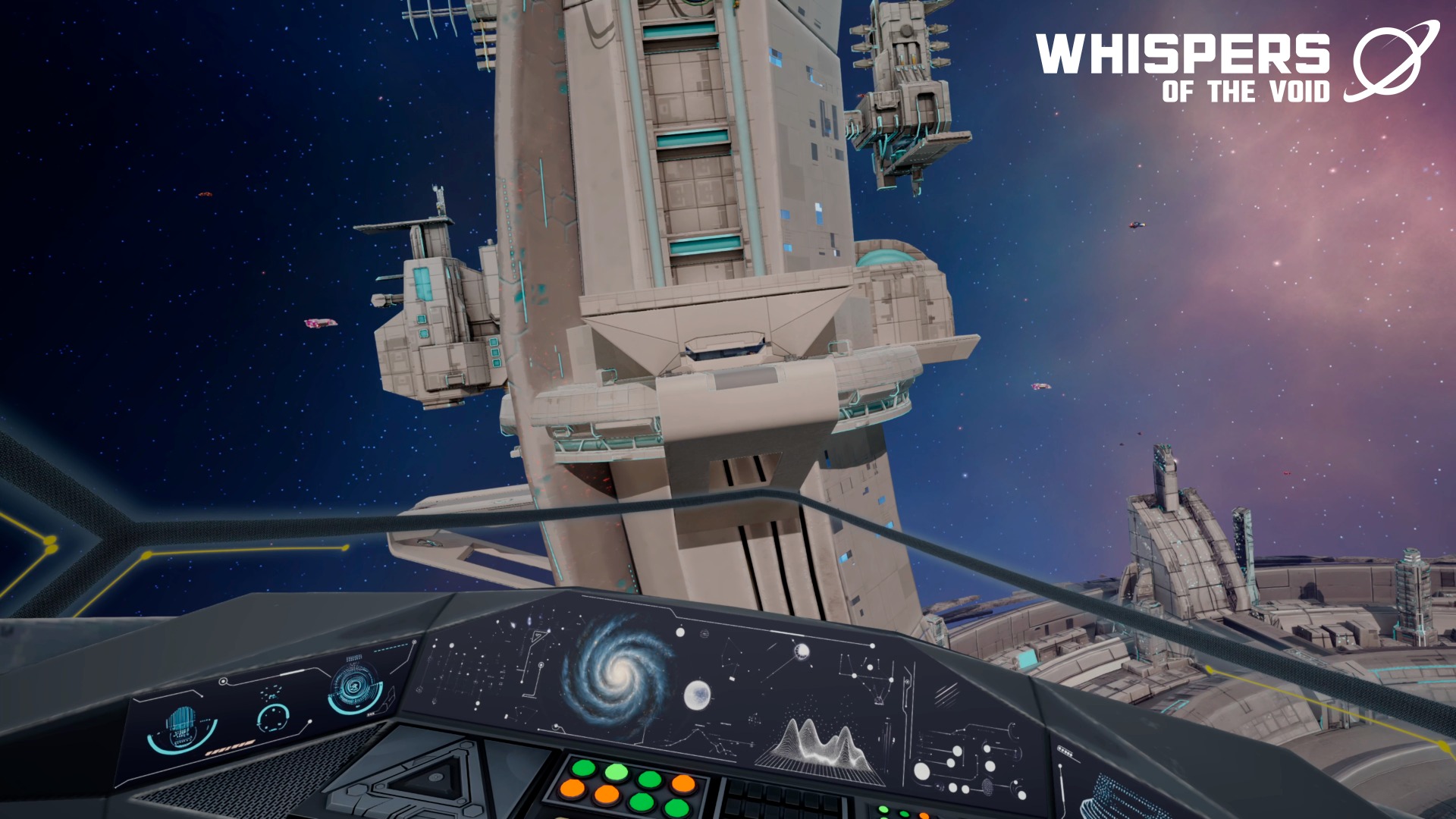
AR/VR Development
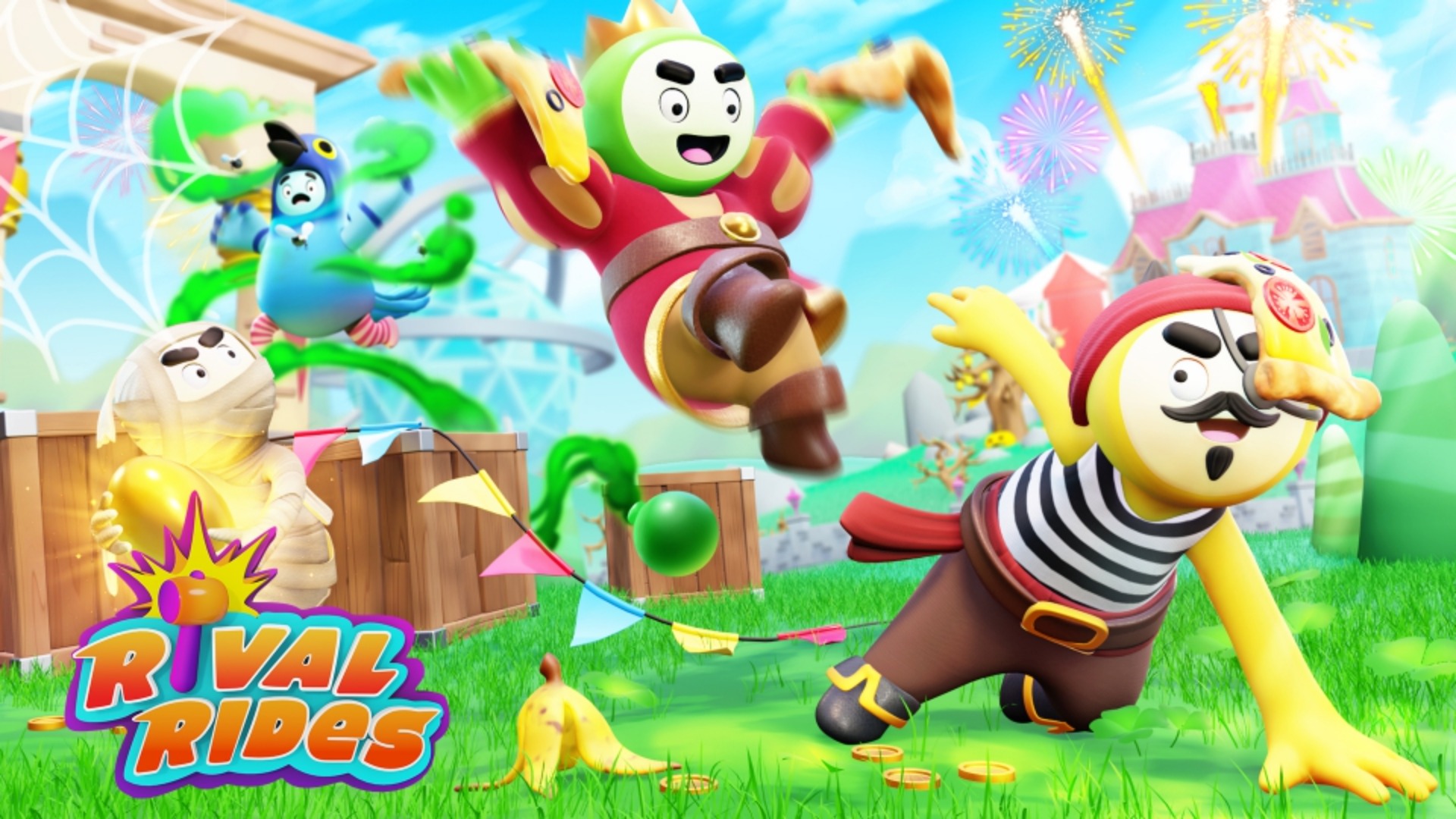
AR/VR Development
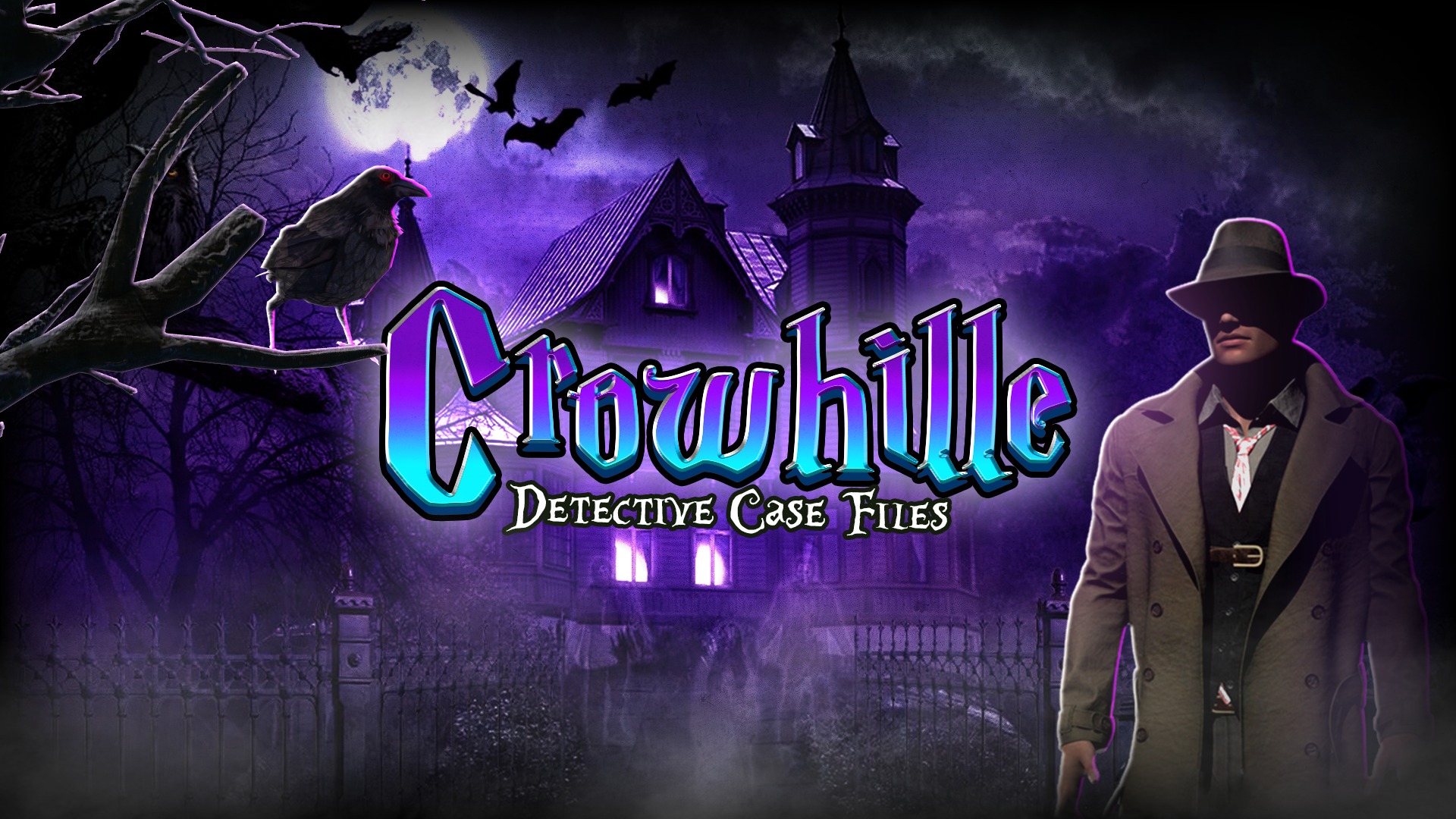
AR/VR Development
Project Details
Need similar services?
Agencies providing ar/vr development
Posted this
J
AR/VR/XR Production For Businesses
S
Transformative Digital Solutions for Business Growth
E
Digitize your business with an IT solutions partner.
O
A Digital Transformation & ISO Certified Company
O
Technology & Consulting Solutions
E
EnCata is an end-to-end service & solutions provider for IoT, robotics, hardware, R&D and manufacturing
N
V
Transforming Reality through Innovative Technologies
A
Right Language for right people
R
Designing immersive digital experiences 🌐